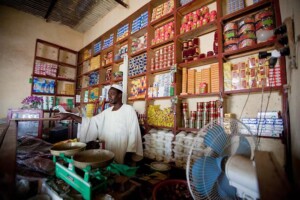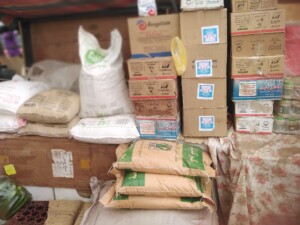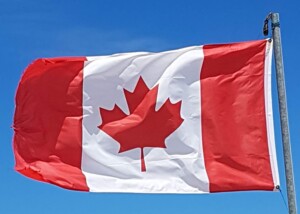Sudan inflation rate rises to 422.78%
The average inflation rate rose to 422.78 per cent for the month of July, an increase of 10.03 per cent compared with June, Sudan’s Central Bureau of Statistics reported yesterday.
The inflation rate for the food and beverage group recorded 272.59 per cent for July, while the inflation rate for imported consumer goods reached 240.81 per cent last month.
 Lining up for bread in Khartoum (Social media)
Lining up for bread in Khartoum (Social media)
The average inflation rate rose to 422.78 per cent for the month of July, an increase of 10.03 per cent compared with June, Sudan’s Central Bureau of Statistics reported yesterday.
The inflation rate for the food and beverage group recorded 272.59 per cent for July, while the inflation rate for imported consumer goods reached 240.81 per cent last month.
The inflation rate in Sudan’s urban areas decreased a little: 363.26 per cent for July compared to 365.65 per cent for June, while the rate for rural areas rose with 20 per cent, from 450.93 for June to 471.60 per cent for July.
Currency
Positive news of international debt relief, coupled with an increased supply of foreign currency within Sudan, has seen the Sudanese Pound (SDG) rally against major international currencies in June, in the immediate aftermath of the May Paris Conference, where Sudan’s huge debt arrears were cleared, paving the way for the country’s re-entry into the international financial community.
Initial reports in May showed a hesitant market, however the Sudanese Pound has risen slightly but steadily in value. Commentators suggest that as the Central Bank of Sudan releases more foreign currency onto the market via commercial banks to meet demand, more foreign currency is traded transparently via legal means than via the illegal parallel market.
The greenback officially sells for a little more than SDG447 these days, while a Euro costs SDG526 SDG.
Purchasing power
The ability of the government and private sector to import essential requirements was significantly reduced by the depreciation of the Sudanese Pound in February. Most non-cereal food items' prices increased 20-40 percent between January and February this year, the Famine Early Warning Systems Network (FEWS NET) reported last month.
The rapid depreciation has resulted in a 60-85 percent drop in household purchasing power, particularly among urban poor households. Urban households are increasing their dependency on support from relatives, extended families while also engaging in coping strategies indicative of a crisis situation, FEWS NET stated.
The international Fitch Solutions forecast that private consumption will rise by a modest 0.6 per cent in 2021, as the continuing high inflation rates weigh heavily on the purchasing power in Sudan.
In February, the Central Bank of Sudan implemented a sharp devaluation of the official exchange rate. This was followed by the removal of fuel subsidies in June, which together spiked the inflation to an unprecedented high.
The government began implementing the Sudan Family Support Programme Samarat (worth $400.0mn) that is to provide direct cash payments to 80 per cent of the Sudanese for up to 12 months, in order to relieve the mounting financial pressure on the households. The project however has been criticised by many as being “far from sufficient”.
A study of Sudan’s National Council for Child Welfare last year revealed that one in three Sudanese children is stunted because of malnutrition.











 and then
and then